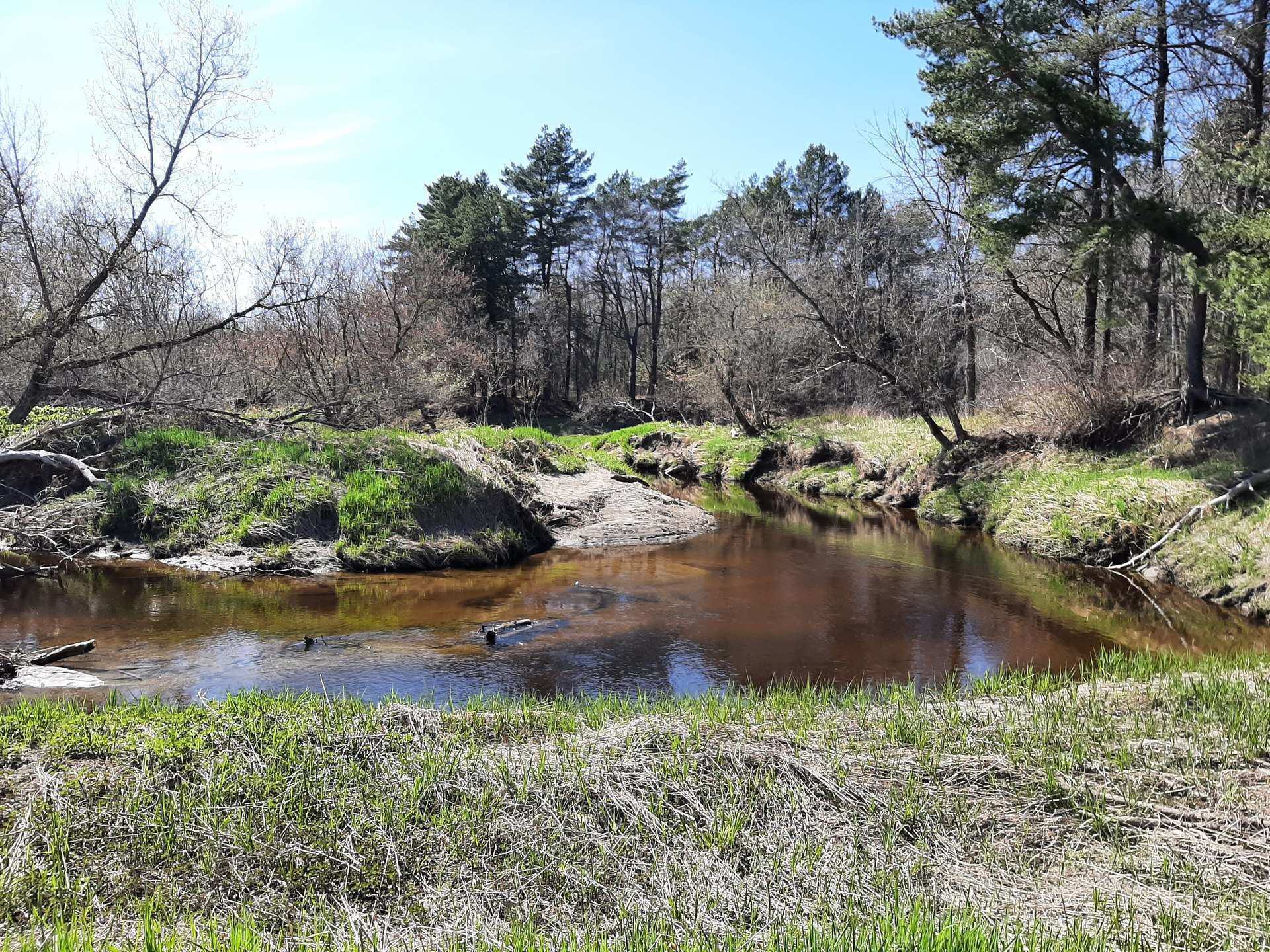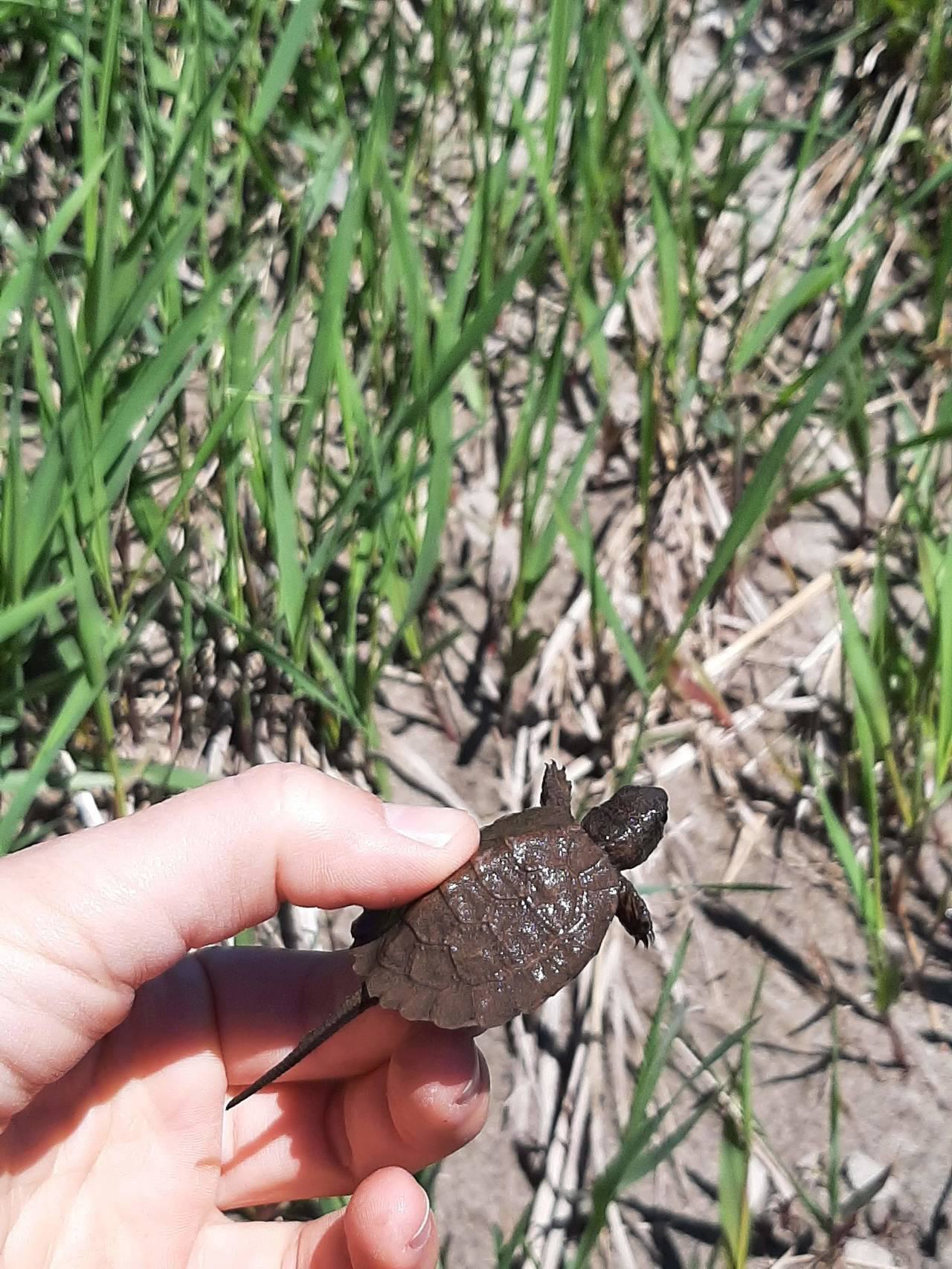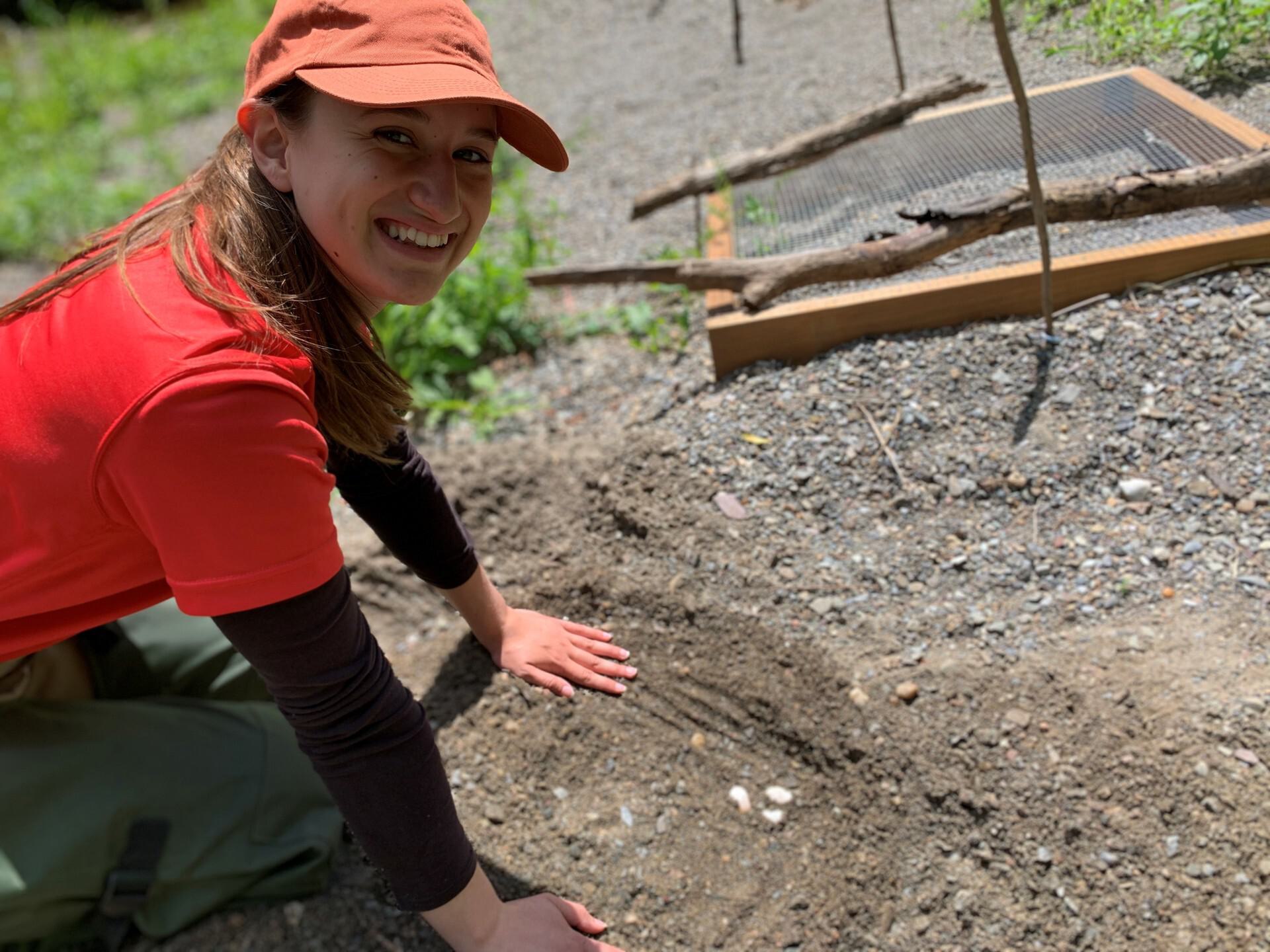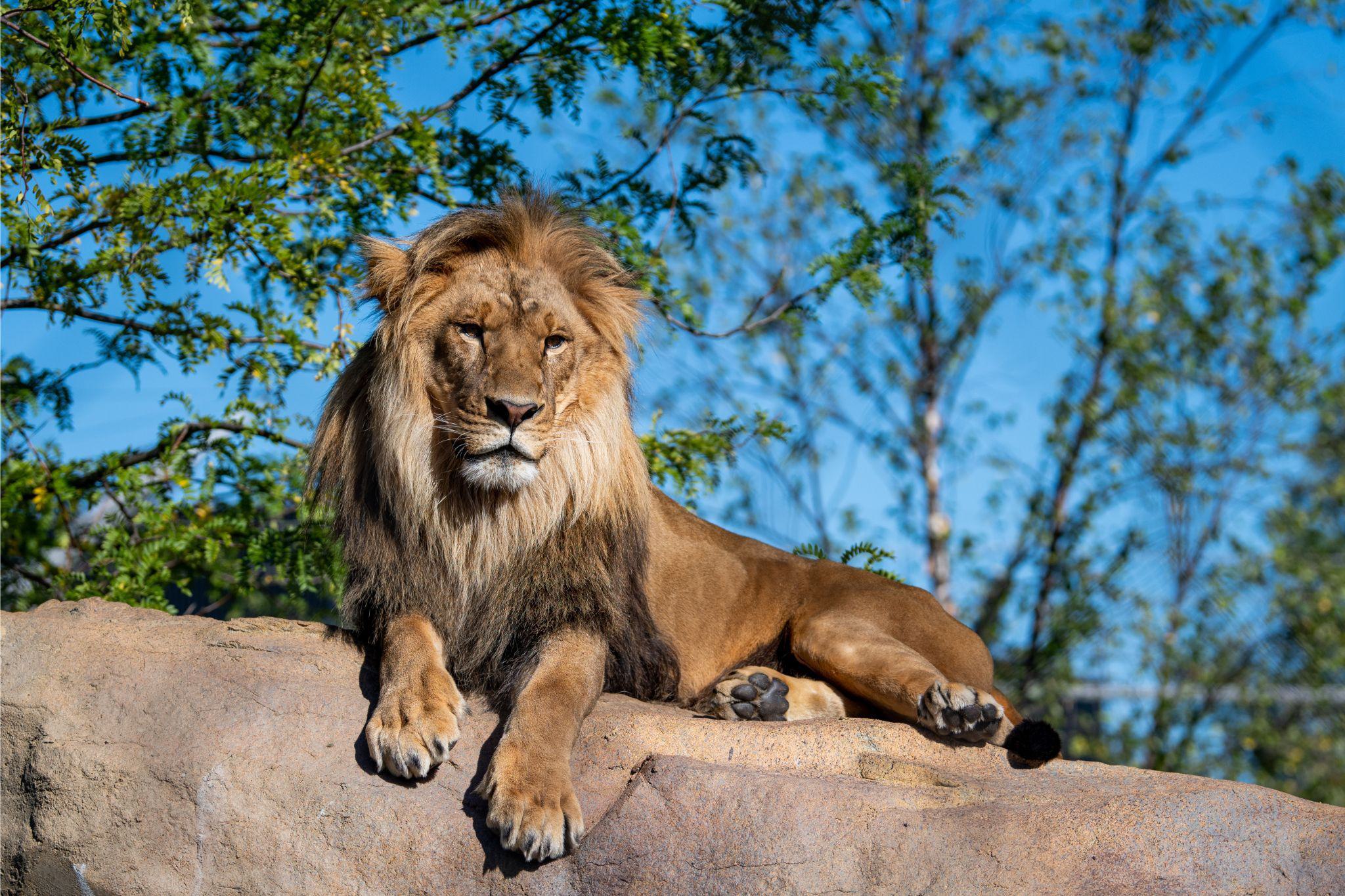Protecting the Wood Turtle
Wood turtles are classified as being at risk in Québec and endangered throughout Canada
Although they’re Québec’s most terrestrial turtles, they depend on aquatic habitats for their hibernation, reproduction and thermoregulation needs. Because they’re found in both terrestrial and aquatic environments, wood turtles are subject to numerous threats contributing to their declining population. Unfortunately, wood turtles are mainly threatened by intensive agricultural and forestry practices (machinery, sandpits, pollution), urban development (construction and roads) and predator populations fostered by human activities.
Vision for the future
This project will be ongoing over the upcoming years, allowing us to continue to help this turtle population. In the near future, we hope to be able to incubate wood turtle eggs at the Zoo de Granby, to rescue them from floods, which frequently occur in this region.

Overview
The Zoo de Granby began collaborating with efforts to protect the turtle in 2017 by participating in the inventory organized by the Ministère des Forêts, de la Faune et des Parcs du Québec. Since 2020, the Zoo has been working to preserve wood turtles in the Acton Vale area. We monitor around 10 nesting sites during the breeding season each year, allowing us to protect them from raccoon predation by installing mesh fencing. We also work with the local community and municipality to preserve wood turtle habitats.

HELP US TO PROTECT THEM
In addition to working directly in the field, the Zoo financially supports the initiatives of some fifteen conservation organizations in ten countries around the world to save endangered species. It also collaborates with some forty partners who are dedicated to the protection of our flora and fauna.



